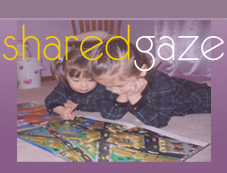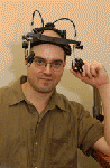Welcome |
 |
 |
This material is based upon work supported by
NSF
under Grant #0527585 |
 |
Personnel:
| Faculty: |
|
||||||
| Former Students: | Mark Neider (Postdoc, Beckman Institute), Chris Dickinson (Postdoc, U. Delaware), Xin Chen (Postdoc, York University | ||||||
| Former Postdoc: | Joy E. Hanna (Ass't Prof., Oberlin College) | ||||||
| Current Students: | Hyejin Yang, Karla Batres, Anna Kuhlen, Alexia Galati | ||||||



